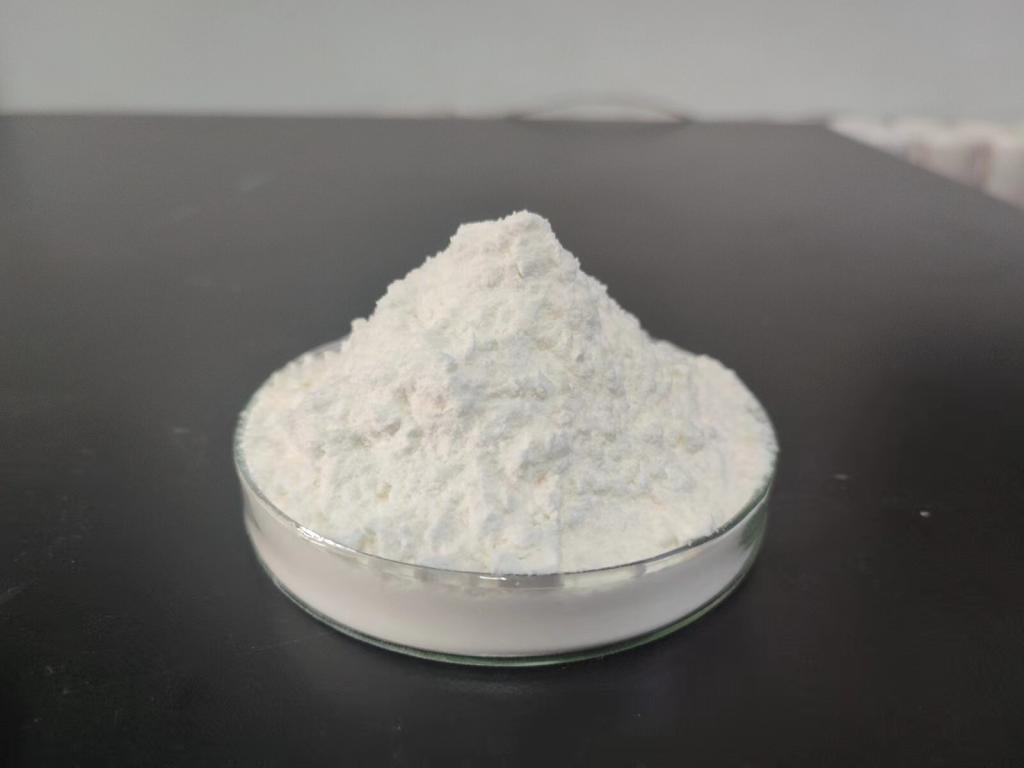Tel:+8618231198596

News
 CONTACT
CONTACT
 CONTACT
CONTACT
- Linkman:Linda Yao
- Tel: +8618231198596
- Email:linda.yao@dcpharma.cn
- Linkman:CHARLES.WANG
- Department:Overseas
- Tel: 0086 0311-85537378 0086 0311-85539701
News
Innovative Approaches to Food Packaging: ε-Polylysine Hydrochloride's Preservation Power
TIME:2024-01-24
I. Background on Food Packaging Challenges
A. Shelf Life Extension
One of the primary goals of food packaging is to extend the shelf life of perishable products. Microbial contamination, oxidation, and other factors contribute to the deterioration of food quality, necessitating effective preservation methods within packaging materials.
B. Food Safety Concerns
Ensuring the safety of packaged food products is paramount. Contamination with pathogenic microorganisms poses a significant risk to consumers, making the development of reliable antimicrobial solutions a critical aspect of food packaging innovation.
C. Environmental Sustainability
With a global focus on sustainability, there is an increasing demand for eco-friendly packaging solutions. Innovations in food packaging need to align with environmental goals, reducing waste and minimizing the ecological footprint associated with packaging materials.
II. Introduction to ε-Polylysine Hydrochloride
A. Natural Origin
ε-Polylysine hydrochloride is a natural antimicrobial compound produced by fermentation, often derived from Streptomyces albulus. Its natural origin makes it an appealing choice for applications in the food industry, aligning with the growing consumer preference for clean label products.
B. Antimicrobial Properties
The antimicrobial properties of ε-polylysine hydrochloride are attributed to its ability to disrupt microbial cell membranes, inhibiting the growth of bacteria and fungi. This targeted antimicrobial action forms the basis of its application in food packaging for preservation purposes.
III. ε-Polylysine Hydrochloride in Active Packaging
A. Antimicrobial Coatings
The incorporation of ε-polylysine hydrochloride into food packaging materials represents a paradigm shift in active packaging. Antimicrobial coatings infused with ε-polylysine hydrochloride can provide an additional layer of protection against spoilage microorganisms, enhancing the shelf life of packaged foods.
B. Inhibition of Pathogenic Microorganisms
Research indicates that ε-polylysine hydrochloride is effective in inhibiting a wide spectrum of pathogenic microorganisms, including bacteria and molds. This makes it a versatile solution for preventing foodborne illnesses and enhancing the safety of packaged food products.
IV. ε-Polylysine Hydrochloride's Role in Food Safety
A. Preservation of Freshness
Freshness is a key determinant of food quality, and ε-polylysine hydrochloride plays a crucial role in preserving the freshness of packaged products. Its antimicrobial action helps retard the growth of spoilage microorganisms, maintaining the organoleptic qualities of the food.
B. Reduction of Chemical Preservatives
The incorporation of ε-polylysine hydrochloride in food packaging offers an alternative to traditional chemical preservatives. This can be particularly advantageous for consumers seeking products with fewer synthetic additives, contributing to cleaner labels and healthier food choices.
V. Eco-Friendly Packaging Solutions
A. Biodegradability
The eco-friendly nature of ε-polylysine hydrochloride aligns with the growing emphasis on sustainable packaging solutions. Being biodegradable, it addresses concerns related to plastic waste and offers a more environmentally friendly alternative compared to certain synthetic antimicrobial agents.
B. Reduced Food Waste
By extending the shelf life of perishable products, ε-polylysine hydrochloride contributes to the reduction of food waste. Longer-lasting packaged foods result in less spoilage and disposal, aligning with global efforts to address food sustainability challenges.
VI. Challenges and Considerations
A. Regulatory Approval
The widespread adoption of ε-polylysine hydrochloride in food packaging necessitates regulatory approval to ensure its safety for consumers. Collaborative efforts between researchers, industry stakeholders, and regulatory agencies are essential for navigating this process.
B. Cost and Scalability
The cost-effectiveness and scalability of ε-polylysine hydrochloride production are critical factors influencing its commercial viability. Research and innovation in production methods will play a crucial role in addressing these challenges and making ε-polylysine hydrochloride more accessible to the food packaging industry.
VII. Future Directions and Potential Applications
A. Multi-Functional Packaging
The versatility of ε-polylysine hydrochloride opens the door to multi-functional packaging solutions. Beyond its antimicrobial properties, ongoing research may uncover additional functionalities, such as antioxidant or barrier-enhancing effects, further enhancing its utility in food packaging.
B. Integration with Smart Packaging
The integration of ε-polylysine hydrochloride with smart packaging technologies could enhance real-time monitoring of food quality. This synergistic approach could provide consumers and producers with valuable information about the condition of packaged products throughout their shelf life.
C. Collaboration and Industry Adoption
The successful integration of ε-polylysine hydrochloride into food packaging requires collaboration between researchers, packaging manufacturers, and the food industry. Industry-wide adoption of this innovative approach is essential for realizing the full potential of ε-polylysine hydrochloride in preserving food and promoting sustainability.
VIII. Conclusion
Innovative approaches to food packaging, such as the incorporation of ε-polylysine hydrochloride, hold the potential to revolutionize the industry by addressing critical challenges related to food safety, shelf life extension, and environmental sustainability. As research and development in this area continue, the prospect of ε-polylysine hydrochloride becoming a staple in the food packaging landscape grows. Its natural origin, antimicrobial efficacy, and eco-friendly attributes make it a compelling solution for the evolving needs of consumers and the food industry alike. ε-Polylysine hydrochloride's preservation power represents a significant leap forward in the pursuit of safer, longer-lasting, and more sustainable food packaging solutions.
- Tel:+8618231198596
- Whatsapp:18231198596
- Chat With Skype







